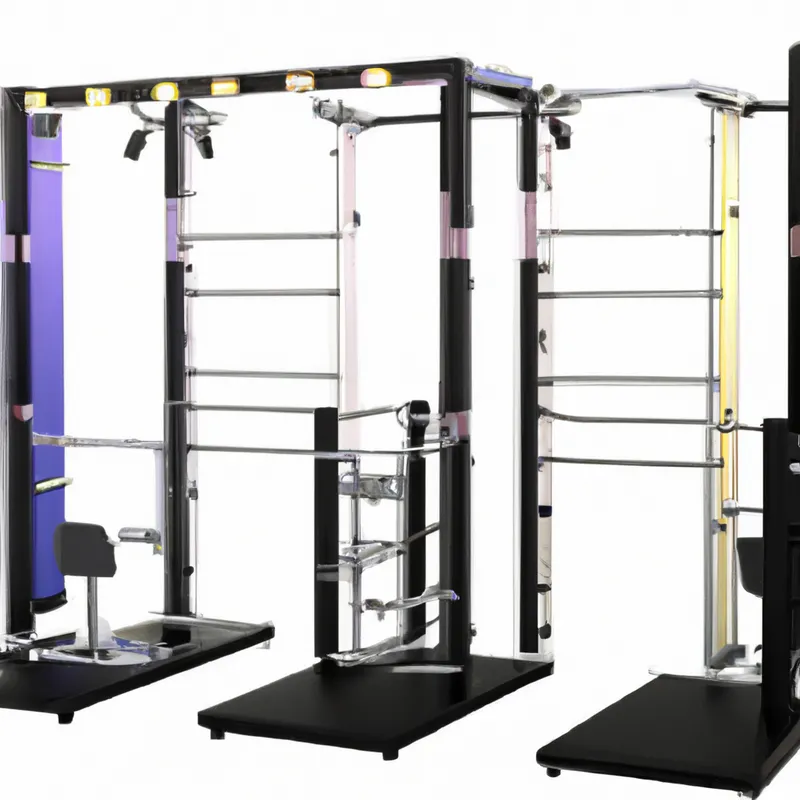Illuminate Your Path to Better Sports Vision
The Impact of Lighting Conditions on Sports Vision
Athletes depend on their vision to excel. They track fast-moving balls, gauge distances, and anticipate opponents. Clear vision is vital for success. The right lighting can enhance or hinder athletic performance. Understanding lighting’s impact on sports vision helps athletes, coaches, and organizations. This post explores lighting effects, offers performance tips, and highlights proper lighting benefits.
How Lighting Affects Vision
Lighting significantly influences athletes’ environmental perception. Different sports demand varying visibility levels. Lighting effectiveness changes with time of day and environmental conditions. Bright sunlight can create glare, distorting vision and complicating ball tracking.
Inadequate or uneven lighting reduces visibility. Athletes may struggle to see the ball clearly or make swift decisions, especially in fast-paced sports. Adequate lighting is essential for optimal performance, particularly in indoor sports reliant on artificial lighting. Athletes must react quickly to fast-moving objects; clear vision ensures success.
The Role of Natural Light
Natural light benefits outdoor sports immensely. Many athletes favor daytime training when natural light is abundant. This lighting enhances contrast and depth perception, helping athletes gauge distances and make decisions. Natural light also reduces eye strain, crucial for long play periods.
However, natural light poses challenges as well. The sun’s position creates shadows, affecting visibility and performance. For instance, a baseball player may struggle to track a fly ball backlit by sunlight. Athletes must adapt to changing lighting conditions during practice and competitions, making quick adjustments based on their environment.
The Effects of Artificial Lighting
In indoor sports, artificial lighting proves essential. Well-designed lighting systems enhance visibility, allowing athletes to perform optimally. Bright, uniform lighting minimizes shadows and glare, enabling clear surroundings without distractions.
Conversely, poorly designed lighting negatively affects performance. Flickering lights can distract athletes, while uneven lighting creates blind spots. In basketball or volleyball, inadequate lighting can lead to misjudgments and missed opportunities. Effective artificial lighting is crucial for indoor success, directly influencing an athlete’s ability to perform.
Tips for Athletes
To maximize sports vision, athletes should adapt to lighting conditions. Here are practical tips to consider:
Test Different Lighting Conditions
Athletes must practice under various lighting conditions to adapt to visibility changes. For example, training at different times of day enhances their adaptability.
Conclusion
Understanding lighting’s impact on sports vision is vital for athletes. Proper lighting optimizes performance and enhances overall success.
Below are related products based on this post:
FAQ
How does lighting affect an athlete’s performance in sports?
Lighting significantly influences athletes’ environmental perception and visibility. Different sports require varying levels of illumination, and inadequate or uneven lighting can hinder an athlete’s ability to track fast-moving objects or make quick decisions, especially in fast-paced environments.
What are the benefits of natural light for outdoor sports?
Natural light greatly enhances contrast and depth perception, helping athletes gauge distances and make better decisions. It also reduces eye strain during long play periods, making it a preferred choice for many athletes during daytime training.
Why is artificial lighting important in indoor sports?
Artificial lighting is crucial for indoor sports as it provides the necessary visibility for optimal performance. Well-designed lighting systems minimize shadows and glare, allowing athletes to focus without distractions. Conversely, poorly designed lighting can lead to misjudgments and missed opportunities during games.















Post Comment